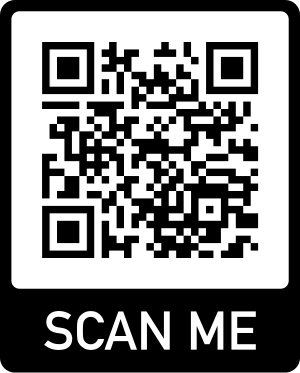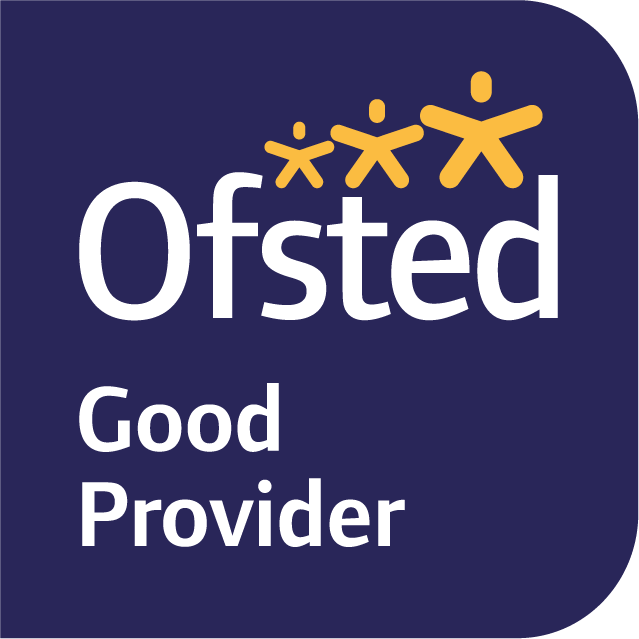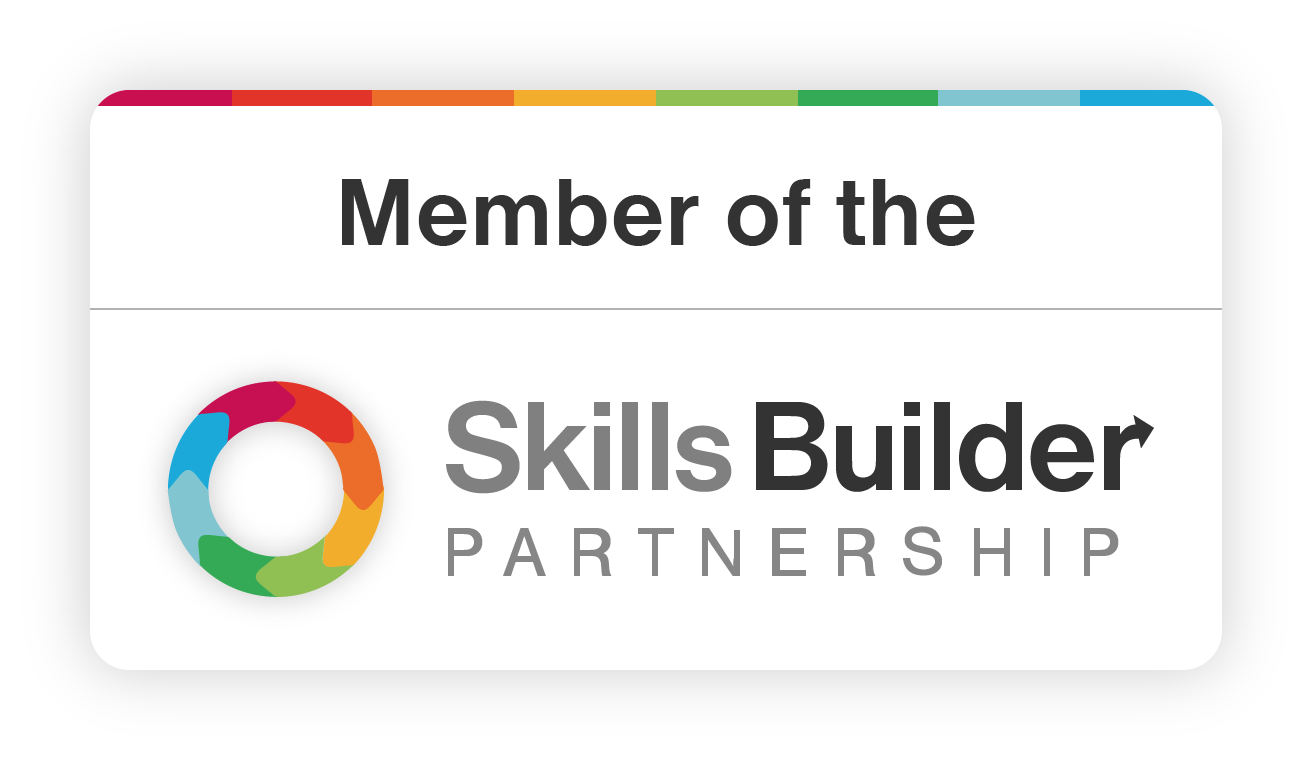Child on Child Abuse
The safeguarding and wellbeing section of the website is currently under construction to ensure enhanced features and comprehensive resources for our users' safety and welfare. We appreciate your patience and look forward to presenting an improved experience soon.
'Children can abuse other children (often referred to as child-on-child abuse), and that it can happen both inside and outside of school or college and online.'
Keeping Children Safe in Education (September 2023)
Child-on-child abuse is behaviour by an individual or group, intending to physically, sexually or emotionally harm others. It can happen to children of a similar age or stage of development and can be harmful to the children who display it as well as those who experience it.
Child-on-child abuse can happen in a wide range of settings, including:
- at school
- at home
- in someone else's home
- in the community
- online
Online child-on-child abuse is any form of child-on-child abuse with a digital element, for example:
- sexting
- online abuse
- coercion and exploitation
- peer-on-peer grooming
- threatening language delivered via online means
- the distribution of sexualised content and harassment
As children develop healthily, it is normal for them to display certain types of behaviour. It is important that adults who work or volunteer with children can identify if any behaviour has become harmful or abusive, and respond proportionally to keep all the children involved safe. Thornhill Academy uses the Brook Sexually Harmful behaviour Traffic light tool to help us identify where behaviours displayed by children lie.
It is essential that all our staff understand the importance of challenging inappropriate behaviours between peers. Child-on-child abuse will never be accepted or dismissed as ‘children being children’. Downplaying certain behaviours, for example dismissing sexual harassment as ‘just banter’, ‘just having a laugh’, ‘part of growing up’ or ‘boys being boys’ can lead to a culture of unacceptable behaviours, an unsafe environment for children and in worst case scenarios a culture that normalises abuse leading to children accepting it as normal and not coming forward to report it. (KCSIE 23)
If one child causes harm to another, this should not necessarily be dealt with as peer-on-peer abuse: bullying, fighting and harassment between children do not generally require multi-agency intervention. However, it may be appropriate to regard a child’s behaviour as abusive if:
- there is a large difference in power (for example age, size, ability, development) between the children concerned; or
- the perpetrator has repeatedly tried to harm one or more other children; or
- there are concerns about the intention of the alleged child. If the evidence suggests that there was an intention to cause severe harm to the victim or to exploit them, this should be regarded as abusive whether or not severe harm was actually caused.
Prevention
It is important to develop appropriate strategies in order to prevent the issue of child on child abuse rather than manage the issues in a reactive way.
Firstly, and most importantly, is recognition that child-on-child abuse can occur in any setting even with the most stringent of policies and support mechanisms. In which case it is important to continue to recognise and manage such risks and learn how to improve and move forward with strategies in supporting children to talk about any issues and through sharing information with all staff.
We actively seek to raise awareness of and prevent all forms of child on child abuse by:
- educating Local Academy Board members, the Senior Leadership Team, staff, and volunteers, pupils, and parents about this issue. This will include training all Governors, Senior Leadership Team, staff and volunteers on the nature, prevalence, and effect of child-on-child abuse, and how to prevent, identify and respond to it. This includes:
- contextual safeguarding;
- the identification and classification of specific behaviours; and
- the importance of taking seriously all forms of child on child abuse (no matter how low
level they may appear) and ensuring that no form of child on child abuse is ever
dismissed as banter or part of growing up.
- providing a developmentally appropriate PSHE and Relationships Education curriculum through guidance lessons which develops children’s understanding of acceptable behaviour and keeping themselves safe;
- ensure that there are clear and consistent boundaries to what is considered to be acceptable behaviour and children will understand the consequences of unacceptable behaviour or language;
- creating a culture where pupils feel able to share their concerns openly, in a non-judgemental environment, and have them listened to;
- having a robust online safety programme which develops children’s knowledge, understanding and skills, to ensure personal safety and self-protection when using the internet and social networking;
- having robust monitoring and filtering systems in place to ensure children are safe and act appropriately when using information technology in school; and
- pupils are frequently told what to do if they witness or experience such abuse, the effect that it can have on those who experience it and the possible reasons for it, including vulnerability of those who inflict such abuse.
There may be instances where staff feel it is necessary to go beyond teaching delivered through the curriculum in immediate response to a child’s behaviour. This may include targeted work with individuals or groups to address behaviour which puts the child or others at risk, or behaviours which are repeated or habitual.
How will the school respond to child on child abuse?
A member of the safeguarding team (DSL/Deputy DSL) will discuss the concerns or allegations with the member of staff who has reported them and will, where necessary, take any immediate steps to ensure the safety of the child/all children affected.
The DSL/Deputy DSL will use their professional judgement to determine whether it is appropriate for alleged behaviour to be dealt with internally and, if so, whether any external specialist support is required. This may include consultation with children’s social care and/or any other external agencies.
How to report child on child abuse
Parents
Parents should report any issue or concerns around child on child abuse to the Head of Safeguarding and Wellbeing Miss L Coates . They can do this via telephone, Classcharts or email
Parents can also report concerns about bullying through the Academy Sharp reporting tool found on this website https://thornhill.thesharpsystem.com/
Students
Students are encouraged to report any issues with their peers to the Academy. This can be done through:
-
Speaking to any member of staff within school.

-
Using your form box to report any concerns
-
Using the QR code on the Student Support posters throughout the school.
-
Contacting staff through digital means such as Classcharts or Email
-
Using the Sharp Reporting tool on the school website https://thornhill.thesharpsystem.com/



